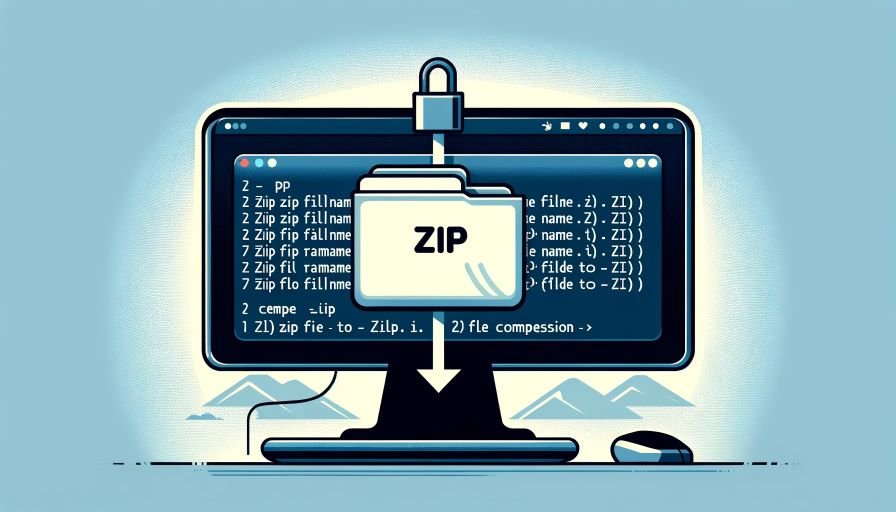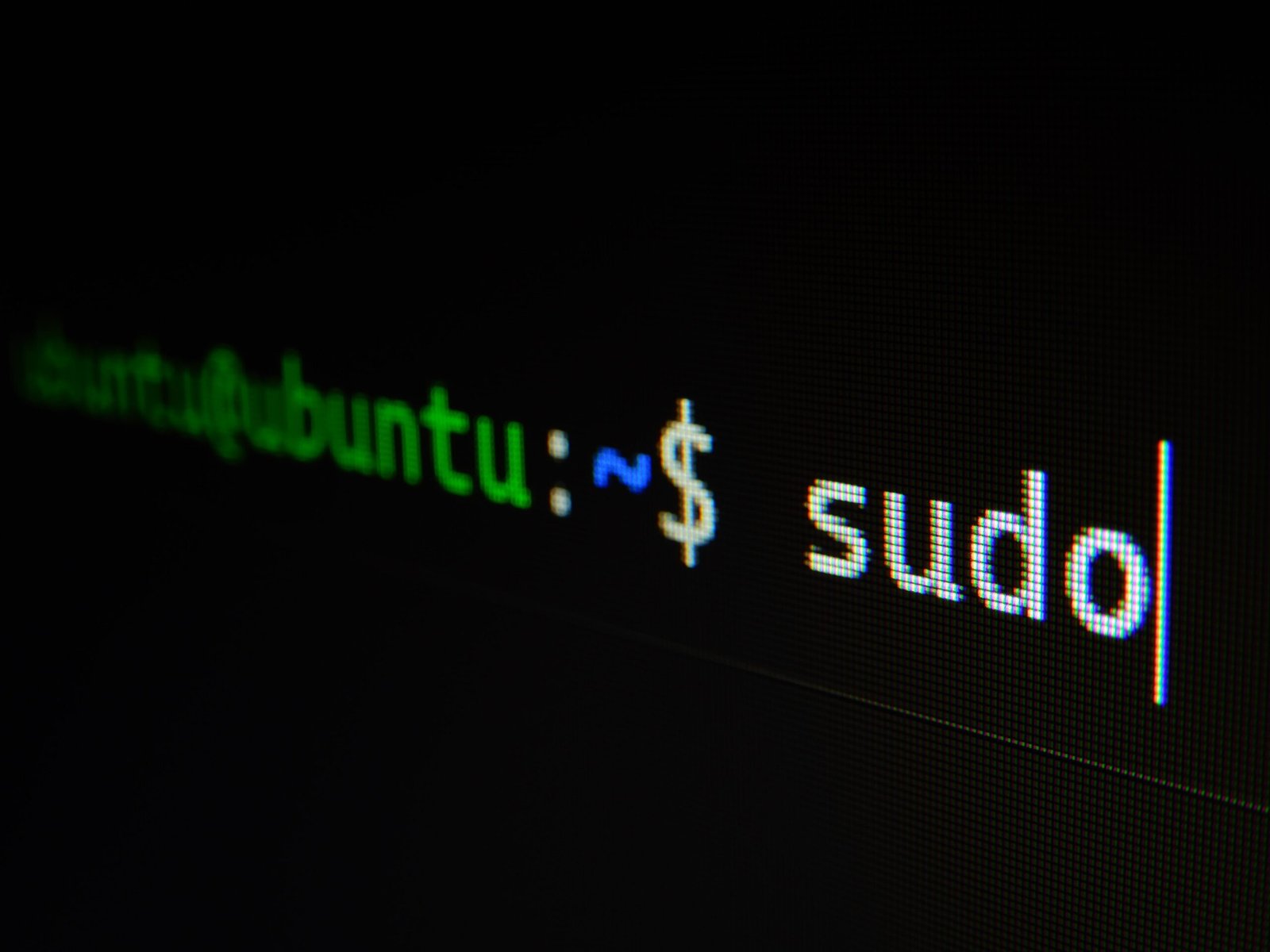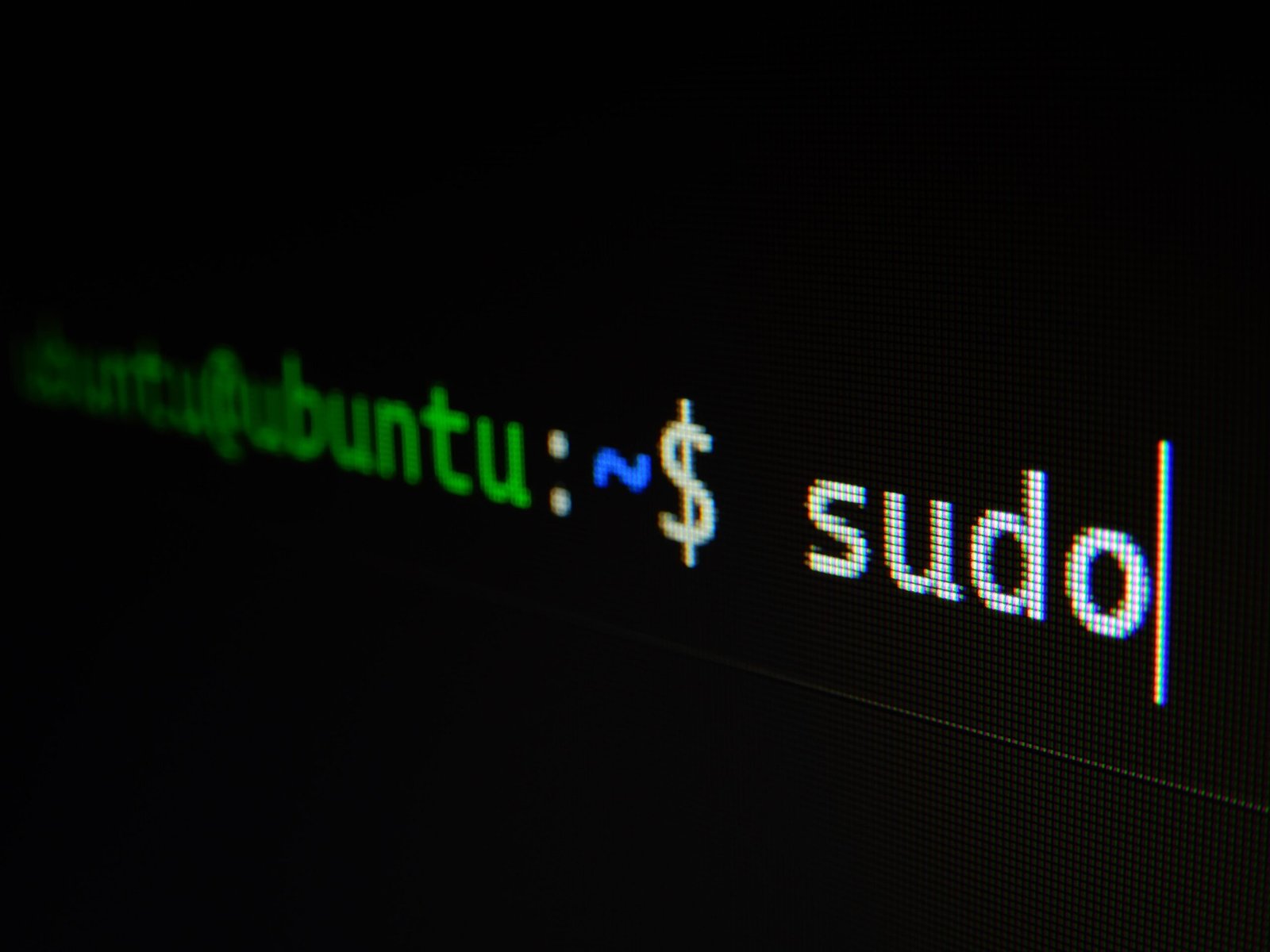Tag: Linux
-

How to use Tcpdump Command in Linux
Introduction to tcpdump command TCPDump is a powerful command-line tool used for analyzing network traffic. It captures and displays the contents of network packets based on specified criteria. As a diagnostic tool, tcpdump offers a detailed view of the packets traversing a network, allowing users to inspect the data and headers of various network protocols.…
-

17 Essential Commands for Network management
Understanding Linux commands is vital for system administrators, network engineers, and IT professionals. Here is a list of essential Linux commands that are fundamental for managing, troubleshooting, and configuring network settings. Command Description hostname Check and set the server’s hostname. Essential for identifying the server in a network. host Retrieve DNS details for a given…
-

How to shutdown or Linux from terminal
In the Linux operating system, managing how you shut down or reboot your system is a crucial aspect of system administration. The command line offers a variety of commands for these purposes, each with its specific functions and options. This article highlights most commonly used shutdown commands in Linux: systemctl, shutdown, reboot, halt, and poweroff.…
-

How to Take Screenshots in Linux
Linux is a versatile and powerful operating system that offers a wide range of features and functionalities. One of the most commonly used features is taking screenshots, which can be useful for various purposes such as capturing important information, sharing content, or troubleshooting technical issues. In this article, we will explore different tools and options…
-

How to Zip a File or Directory in Linux
Linux provides a powerful set of tools for file compression and archiving. One of the most commonly used methods is zipping files, which allows you to compress multiple files into a single compressed file. In this guide, we will explore how to zip a file in Linux, the available options, and some practical use cases…
-

How to Remove a Directory in Linux
In Linux, removing a directory is a common task that can be accomplished using various methods and options. Whether you are a beginner or an experienced user, it’s essential to understand the different approaches available for removing directories in Linux. In this article, we will explore the various methods, provide examples and use cases, and…
-

How to Rename a File in Linux
Renaming files is a common task in Linux, whether you want to give a file a more descriptive name or simply organize your files more efficiently. In this guide, we will explore different methods to rename files in Linux, along with some practical use cases. 1. Using the mv Command The most straightforward way to…
-

How to Display TCP/IP Information on Linux
When working with Linux, it is often necessary to view TCP/IP information associated with each network interface on the device. This information can be helpful for troubleshooting network connectivity issues or understanding the network configuration of the system. Fortunately, Linux provides a command that allows you to easily display TCP/IP information for every interface on…